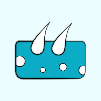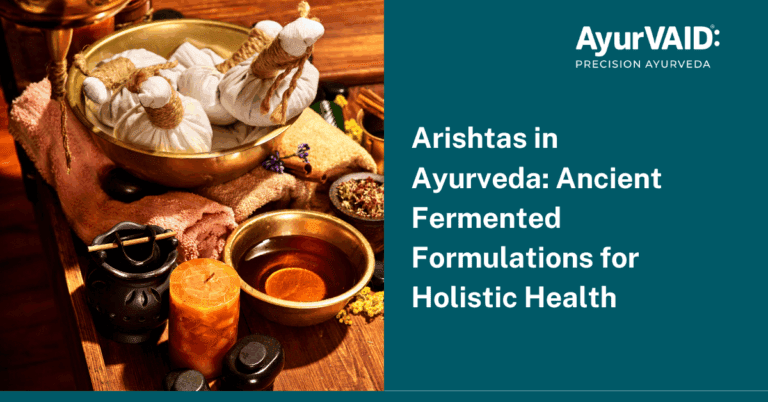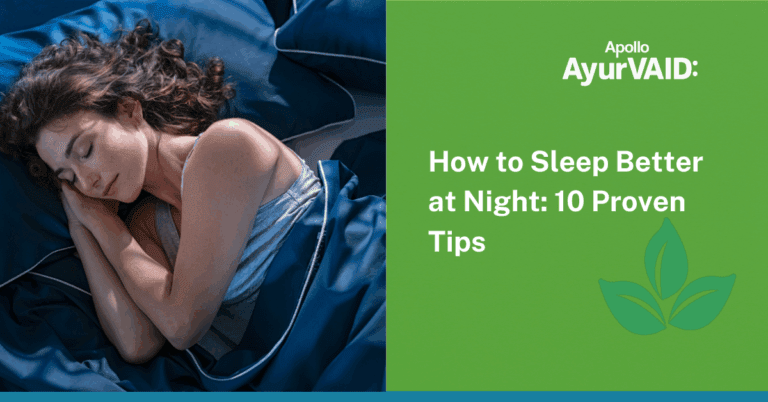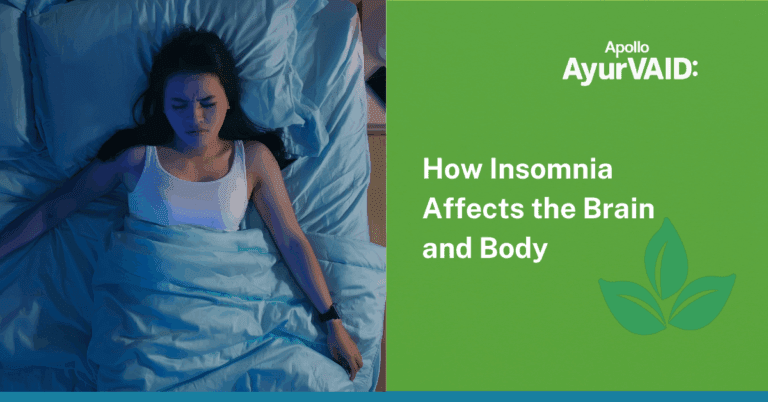Have you ever felt your skin suddenly rebel against you, with itchy, red, raised patches that come and go unpredictably? It can feel like your body responds to something you don’t even know exists. This unsettling, itchy condition has a name: urticaria.
Urticaria’s meaning is quite simple—raised, itchy welts (commonly called hives) that appear suddenly and often vanish just as mysteriously. But the experience? Far from simple. These rashes can feel like burning, crawling, or stinging. For many, it is not just physical discomfort, but also the emotional and social impact.
According to Ayurveda, urticaria (hives) is referred to as Sheetapitta and Udarda, and it falls under Kshudra Kustha (minor skin diseases). To achieve permanent relief, it is essential to understand the root cause, as these skin issues are manifestations of a more serious, systemic imbalance in the body.

What Causes Urticaria?
According to contemporary medicine, urticaria causes range from allergic to autoimmune reactions. Urticaria may appear due to certain foods, stress, temperature shifts, and mechanical pressure on the skin. But in Ayurveda, the reasons go even deeper.
Urticaria is a Tridoshaja vyadhi; however, Vata and Pitta are the two prominent doshas involved. The Samprapti (pathogenesis) of Udarda/Sheetapitta typically begins with Agnimandya (weak digestion), where our digestive fire is not capable of digesting what we eat completely. If digestion occurs improperly, Ama (toxins) begin to form: sticky, toxic substances that start to circulate through the body, primarily through the Rasa dhatu (plasma or nourishing fluids of the body). This toxic build-up, instead of feeding and nourishing the tissues, begins to disrupt normal function and ultimately leads to imbalance. Slowly over time, the doshas in the body, particularly Pitta and Vata, start to become aggravated. Sometimes Kapha aggravates as well, slowing down discharges and getting everything stagnated, preventing the clearance of toxins from the system.
As this toxic mix enters the Rakta dhatu (blood tissue), it begins to affect the skin, especially when the body’s natural immunity or Ojas (life force or vitality) is depleted. The Srotas (microchannels) that carry plasma and blood get blocked—this is called Srotorodha. Once this blockage happens, it’s only a matter of time before the symptoms show up on the skin: red, itchy, raised eruptions that come and go suddenly, especially after exposure to cold, stress, or certain triggers. What’s happening on the skin is just the tip of the iceberg—the real cause lies deep within the system.
Types of Urticaria
Understanding the types of urticaria can help you trace your triggers more clearly:
- Acute Urticaria: Sudden onset, short duration (less than 6 weeks), often due to food, insect bites, or medications.
- Chronic Urticaria: Lasts more than 6 weeks; often idiopathic or autoimmune.
- Physical Urticaria: Triggered by heat, cold, sunlight, vibration, pressure, or water—aligns with Sheetapitta.
- Cholinergic Urticaria: Triggered by sweat or exercise, related to heat and Pitta dosha.
- Autoimmune Urticaria: Caused by self-attacking antibodies; often chronic and hard to treat without addressing Ojas (vitality).
What Is Urticaria Caused By?
You might wake up to red patches after a cold night. Or break out in welts after eating shrimp or peanuts. Or maybe nothing happened—but your skin flared up anyway. The thing with urticaria is, it’s unpredictable. What is urticaria caused by isn’t always clear. Triggers include:
- Cold exposure
- Certain foods (shellfish, eggs, nuts)
- Emotional stress
- Medications
- Infections
- Hormonal imbalance
- Autoimmune responses
In Ayurveda, all of these are seen as Nidanas (causative factors) that disturb the internal balance of the Doshas, particularly Pitta and Vata, which leads to the expression of Udarda on the skin.
Urticaria Ayurveda Treatment
Ayurveda addresses not just the rash, but the root. A customised protocol based on your Prakriti (constitution) and Vikriti (current imbalance) is created. Here’s how it typically goes:
- Shodhana (Deep detoxification):
Treatments like Virechana (purgation) and Raktamokshana (bloodletting) may be used to cleanse Pitta and purify the blood.
- Shamana (Pacification):
Internal medicines cool and calm the system. Diet and lifestyle changes are made to reduce Pitta and stabilise Vata.
- Digestive reset:
Strengthening Agni (digestive fire) is crucial to prevent Ama formation. When digestion works well, toxins don’t accumulate, and skin reactions reduce.
- Immune modulation:
Herbal support may be introduced to rebuild Ojas (immunity and strength), which helps prevent autoimmune flare-ups.
Simple Practices to Support Urticaria Healing
While Ayurveda is about deeper treatment, some daily practices can support your journey:
- Avoid spicy, sour, fermented, and deep-fried foods
- Stick to fresh, simple meals
- Reduce exposure to alternative heat and cold (for instance, after sweating, drinking refrigerated water, or sudden exposure to sunlight after sitting long in an AC room), and rapid environmental changes
- Practice Abhyanga (oil therapy) with calming oils to soothe skin and Vata
- Maintain regular routines and proper sleep
Urticaria isn’t just skin deep—it’s your body signalling that something inside needs attention. While antihistamines may offer temporary relief, true healing comes from restoring balance. Ayurveda sees the skin as a mirror of internal harmony, and when we listen to it—really listen—we begin to understand that our body is wiser than we think.
Whether you’re experiencing Sheetapitta/Udarda for the first time or have been battling it for years, there is hope. With the right blend of detoxification, dietary discipline, and inner calm, you can reclaim comfort, not just for your skin, but for your peace of mind too.







